Hypoallergenic baby laundry detergent
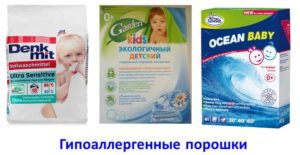 Increasingly, we are faced with the fact that children are allergic to household chemicals, in particular to washing powder. What is the matter that causes such a reaction? Most likely, the problem is in the composition of the powder, and not in the child. Most powders add harmful but cheap components that cause allergies. The question arises, how to choose a hypoallergenic powder for washing children's clothes so that it is as safe and effective as possible?
Increasingly, we are faced with the fact that children are allergic to household chemicals, in particular to washing powder. What is the matter that causes such a reaction? Most likely, the problem is in the composition of the powder, and not in the child. Most powders add harmful but cheap components that cause allergies. The question arises, how to choose a hypoallergenic powder for washing children's clothes so that it is as safe and effective as possible?
Why is powder allergy dangerous?
An allergy to washing powder can manifest itself differently in different children, and in some it does not occur at all. Symptoms that occur in children are as follows:
- redness on the skin, most often on the back, arms, legs;
- peeling of the skin;
- the appearance of small blisters, rash;
- sneezing, dry cough and itchy eyes.

In severe cases, attacks of suffocation and severe swelling of the face may occur. In this case, you must immediately call a doctor who will make a diagnosis and prescribe medication.
Even if the child does not have allergies, this does not mean that ordinary powder can be used; harmful components can penetrate into the blood, accumulate and thereby affect the performance of internal organs. This means that when purchasing powder for children, you need to pay attention to its composition so that it is safe and hypoallergenic.
Composition of safe powder
A safe washing powder is one that does not contain chemicals and consists only of natural ingredients. But such powders simply do not exist, unless, of course, you made it yourself. The main components of natural powder are:
- soap;
- soda;
- lemon acid.
However, the effectiveness of such a powder may be low, and the shelf life will be short. Therefore, substances are added to the powder that remove stubborn stains, soften water and prevent excessive foam formation. These substances should not include:
- phosphates - they are quite aggressive, cope well with stains, but also often cause allergies and affect the child’s immunity;
Important! In many European countries, phosphates are prohibited for use, so pay attention to foreign powders. - Zeolites are substitutes for phosphates; many people write that they are less harmful, but in reality this is not the case. Zeolites can also cause allergies.
- Surfactants are surface substances that enhance the effect of previous components; not a single powder can do without surfactants, but surfactants are different. Surfactants of plant origin are safe in an acceptable dose, but other types are harmful.
- optical brightener - it lingers in the fibers of the fabric, then gets on the skin, which leads to dryness and redness; this component in good powders is replaced with oxygen bleach;
- fragrances and fragrances are strong allergens.
Other components such as soda, sodium citrate, sodium silicate, salt, enzymes may be present in the hypoallergenic powder. They will ensure effective washing.
However, the presence of enzymes in the powder prohibits washing wool and silk. A substance such as saponin disinfects clothes during washing.
Tools Overview
Conventionally, baby powders can be divided into several groups:
- Phosphate-free powders
- Hypoallergenic powders
- Powders for newborns – those marked 0+ or marked for newborns.
- Baby powders for automatic machine
- Liquid detergents for washing children's clothing.
In this paragraph, we will consider safe washing powders marked “hypoallergenic”. We will not rank them and say which powder is the best. You can check this yourself.
- Garden Kids - the main components of the powder are soda, sodium citrate and natural soap, fortunately there are no phosphates and zeolites in it. In addition, the powder contains silver ions, which kill bacteria. The product is concentrated and therefore used sparingly.

- Umka is a children's hypoallergenic washing powder for children from birth. The powder contains surfactants (5%), soap powder (10%), sodium carbonate and sodium silicate. The aromatic composition in this powder is alarming, although the powder smells almost nothing. Manufacturer – Russia.

- Denkmit Ultra Sensitive is a washing powder for hand and machine wash without fragrances and phosphates. Operates at temperatures from 30 to 90 degrees. The powder is produced in Germany.
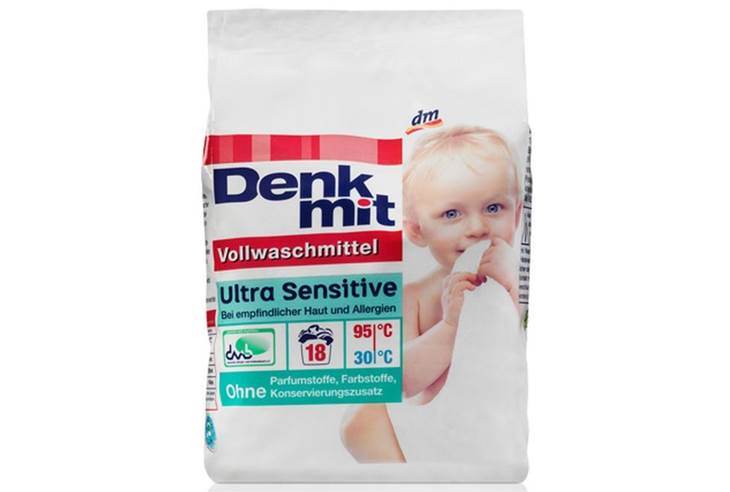
- Frau Schmidt Ocean Baby is a powder without phosphates and zeolites, produced in Denmark. The composition contains enzymes, surfactants, citric acid, salt, sulfates. The hypoallergenic composition is confirmed by clinical trials.
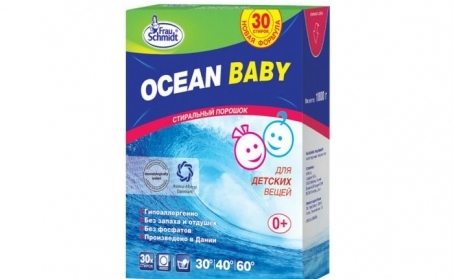
- Vish Baby is an Israeli-made powder; the manufacturer claims that the powder does not cause allergies and does not irritate the skin. There are no phosphates, chlorine or other harmful substances in the composition. And alkaline and acidic compounds, in addition to washing, provide a disinfecting effect. However, the composition contains jasmine fragrance and oxygen bleach, so for children prone to allergies, it is better not to take this powder.
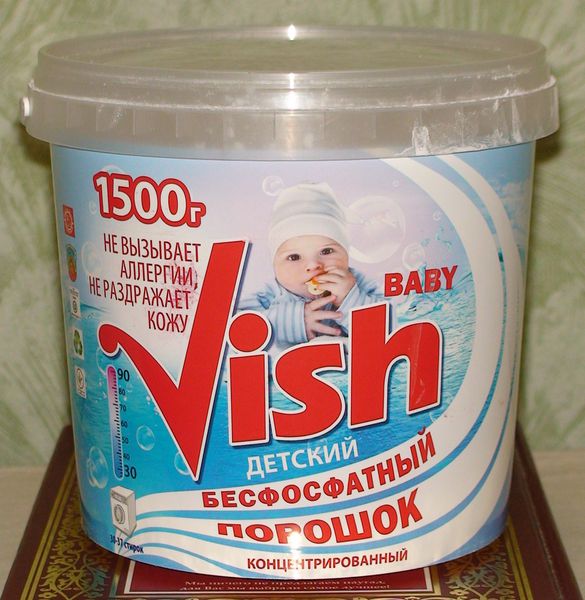
- Bon Automat is a powder for washing children's clothes from birth. The powder contains soap, surfactants, enzymes, oxygen bleach and allergen-free fragrance. There are no phosphates or zeolites in the powder.The powder is concentrated, which means you need less of it.
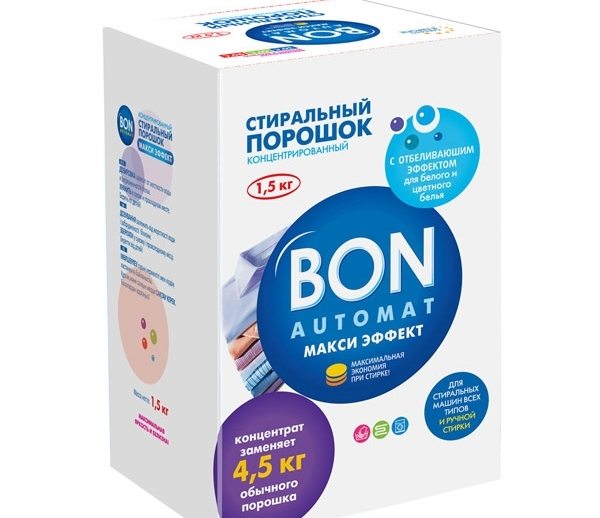
- Chu Chu Baby is a phosphate-free powder from Japan. A good soap-based product, suitable for machine and hand washing. The composition does not contain fragrances or bleaches, but does contain surfactants. The powder is concentrated and is used sparingly.
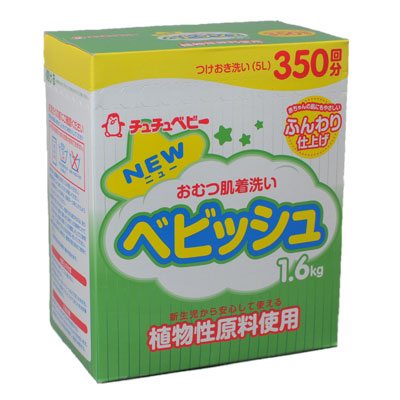
- LV micropowder is a hypoallergenic product from Finland, there are no phosphates, and the surfactant content is no more than 15%. The base of the powder is soap and oxygen stain remover. The powder is approved against allergies and asthma.

Adviсe
In conclusion of the article, we will formulate some tips on how to choose the safest powder for washing children's clothes.
- Be sure to read the ingredients listed on the package. The powder should not contain phosphates and phosphonates, fragrances, the surfactant content should not exceed 30% and it should be of plant origin,
- Look for a powder labeled hypoallergenic.
- Inspect the integrity of the packaging; no pieces of powder should be felt in the soft bag.
- The effectiveness of washing powder will be higher if it contains oxygen bleach.
- Pay more attention to powders from foreign, proven manufacturers, for example, European and Japanese.
- Before washing, check how the powder foams. A good powder will not produce too much foam, and the smell will be subtle or neutral.
- It is better to buy hypoallergenic baby powder in a store to inspect it externally. Try not to resort to purchasing online; after all, we are talking about a child.
Important! If children are prone to allergies, even with good powder, turn on the extra rinse function. This will make your powder safer.
Whatever the composition of the washing powder (without phosphates, surfactants), you can only check its effectiveness yourself.After all, the same powder can cause allergies in some people, but not in others, even if it is a hypoallergenic powder. Good luck with your choice!
Interesting:
Reader comments
- Share your opinion - leave a comment
Categories
Washing machine repair


For buyers

For users

Dishwasher

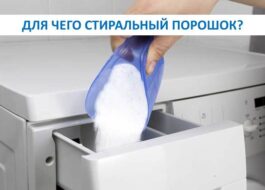
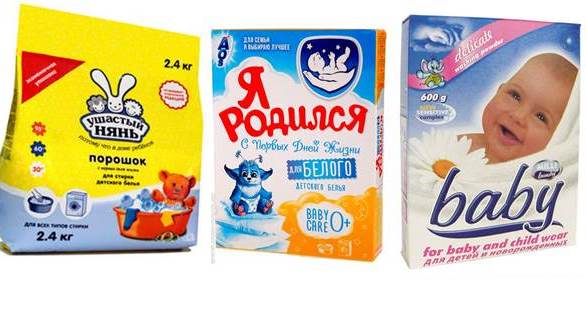

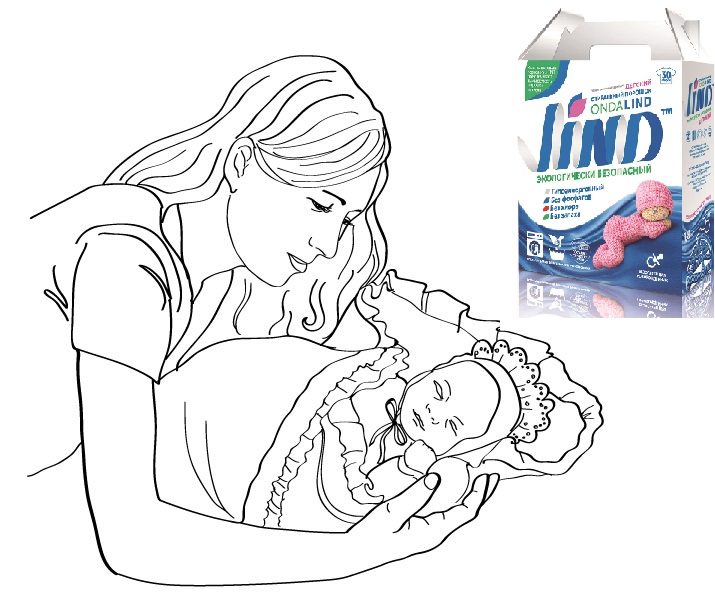
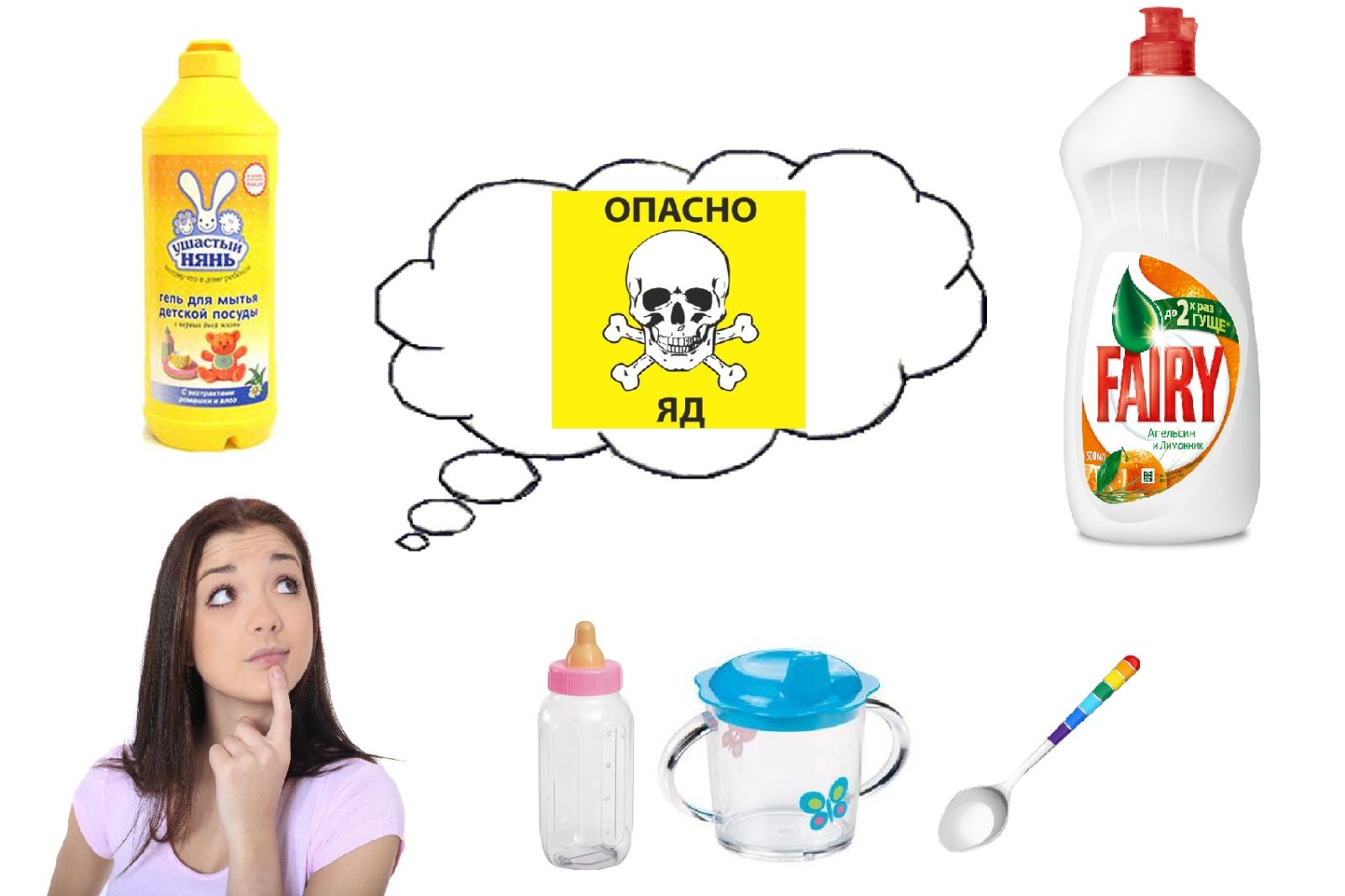
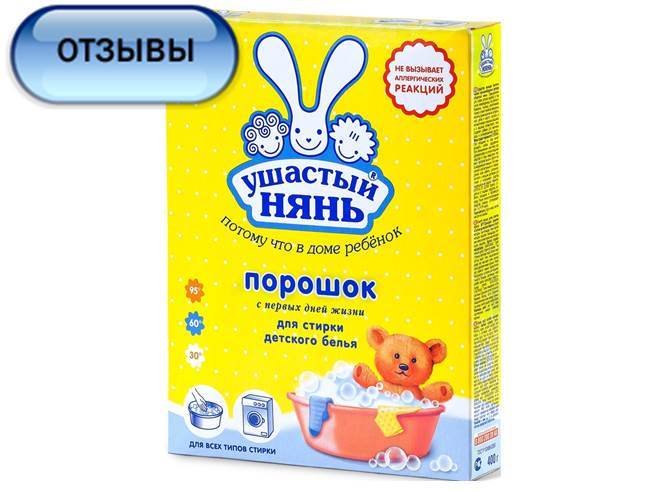










Add a comment